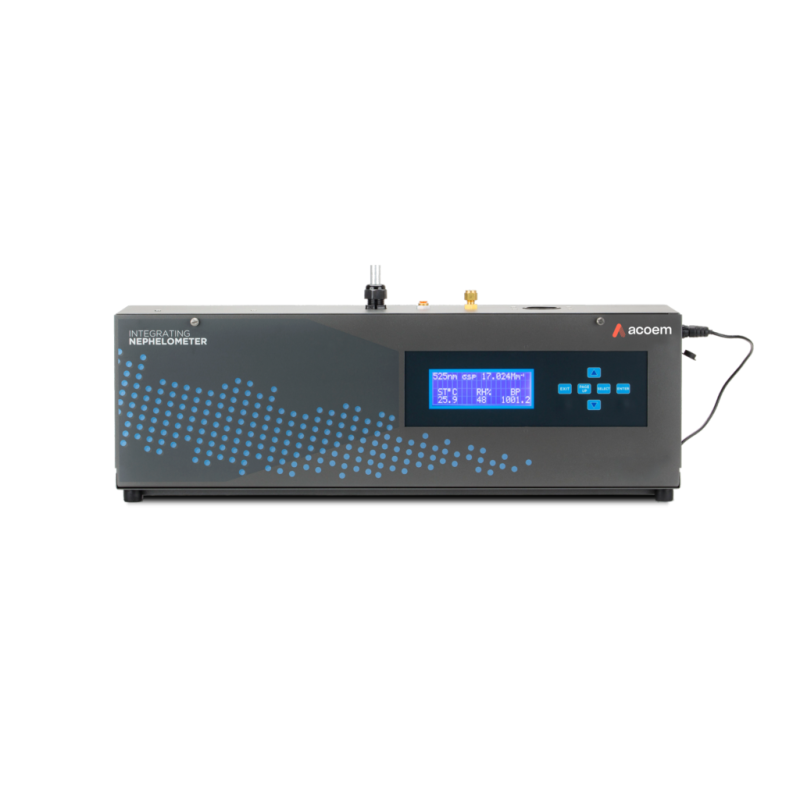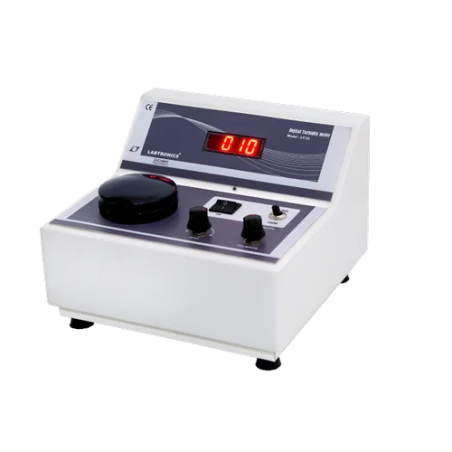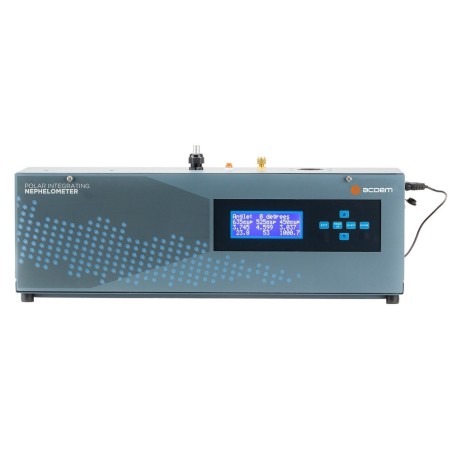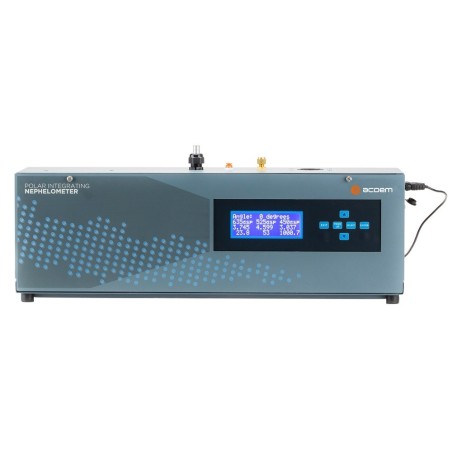
100% Original Products
Shop with assurance, as each product we offer is 100% original, ensuring quality and authenticity with every purchase

Save up to 28% with GST Input
Avail maximum benefits from input tax mechanism on all your Business Invoices. Get GST Invoices on your business purchases

24/7 Customer Support
Shop with confidence knowing that our 24/7 Customer Support is always available to assist with any inquiries
- Genuine Products
- Global Shipping
- Secured Payments
Aurora 2000 PM2.5 Correlating Nephelometer
Quantity
Specifications
| Weight | 11.2 kg |
|---|---|
| Dimensions | 170 x 700 x 215 mm |
| Operating voltage | 12 VDC (incl 110 - 240 VAC 50/60 Hz power supply converter) |
| Calibration | Span gas available for CO2 SF6 FM-200 R-12 R-22 R-134 or a user defined gas |
| Light Source | Stable LED light source (US patent 7671988) |
| Operating Temperature | - 20 to 45 Degree C |
| Power Consumption | 13 W nominal 45 W with heater active |
| Ranges | 0 - 2000 g/m3 & 0 - 20000 Mm-1 |
| Flow Rate | 5 l/min with default blower. Higher flow can be obtained using the external pump option (e.g. in case of common inlet) |
| Wavelength | 450 nm (blue) 525 nm (green) or 635 nm (red) |
| Altitude | 2000 m. |
| Measured parameters | g/m3 & sScat |
| Lower detectable limit | 3 g/m3 (Less Than 0.3 Mm-1) (60 second averaged data) |
| Secondary measurements | Sample air temperature relative humidity (RH) barometric pressure & enclosure temperature |
| Operating RH | 10 to 95 % |
| Optics | Reference light source measurement |
Key Features
- Enables real-time PM2.5 concentration measurement in conjunction with a Spirant™ BAM
- 12V DC (110-240 VAC, 50/60 Hz power converter included) 13 watts nominal, 45 watts max
Product Details
The Aurora 2000 PM Correlating Nephelometer is part of the new generation nephelometers using a single wavelength and a BETA monitor to measure aerosol light scattering and derive particulate concentrations.The Aurora 2000 enables the calculation of a correlation factor based on a PM2.5 reference method which is then used to derive every minute PM2.5 concentrations along with the usual light scattering. The correction factor can be entered manually or automatically derived from hourly averages from a continuous PM2.5 monitor.
Recommended products
Nephelometer
₹6,687
Nephelometer
₹8,524
Nephelometer
Nephelometer









